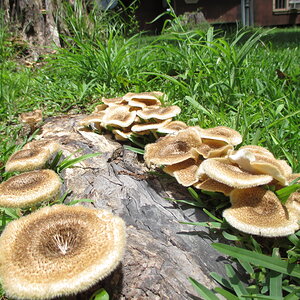Byrnew
TPF Noob!
- Joined
- Jun 8, 2019
- Messages
- 74
- Reaction score
- 7
- Can others edit my Photos
- Photos NOT OK to edit
Hi all,
I bought my first camera a nikon d3500 and I am realy impressed with it and enjoying snapping away. Before I got it I was researching a bit to much into it to try and learn about it to shoot in manual mode. As pointed out on this enjoy it and use the automatic mode which I am and I am realy happy with the quality and results that I am getting .
So just one question when I feel I am ready to move into the manual mode is there going to be much of a quality / sharpness diference between using manual bs automatic mode in the photos that I take ??
Thanks
Wayne
I bought my first camera a nikon d3500 and I am realy impressed with it and enjoying snapping away. Before I got it I was researching a bit to much into it to try and learn about it to shoot in manual mode. As pointed out on this enjoy it and use the automatic mode which I am and I am realy happy with the quality and results that I am getting .
So just one question when I feel I am ready to move into the manual mode is there going to be much of a quality / sharpness diference between using manual bs automatic mode in the photos that I take ??
Thanks
Wayne


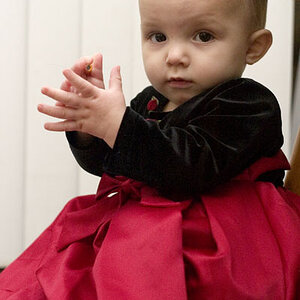
![[No title]](/data/xfmg/thumbnail/32/32155-5dfb2c8aee58498ba1862d4f34389669.jpg?1619735234)
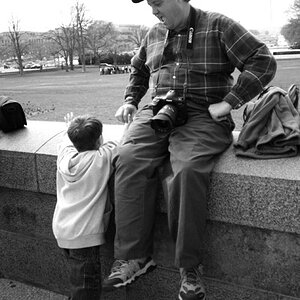

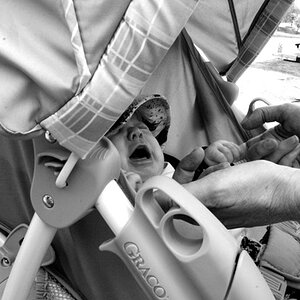
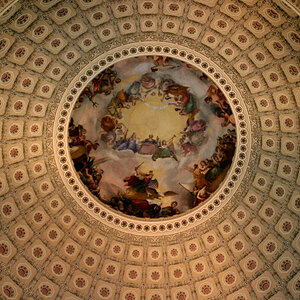
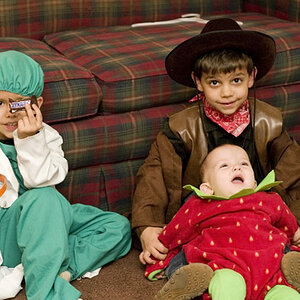
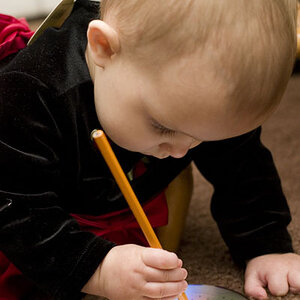
![[No title]](/data/xfmg/thumbnail/33/33421-38d09827e584b8381c5e3a468cdf0159.jpg?1619735961)
